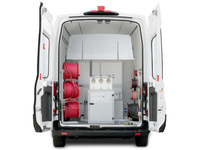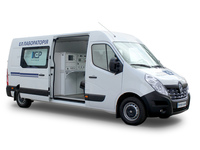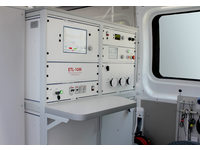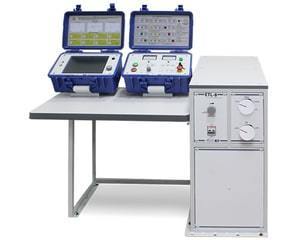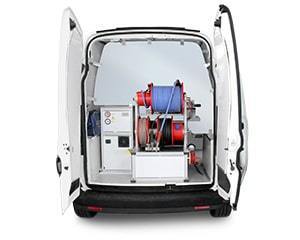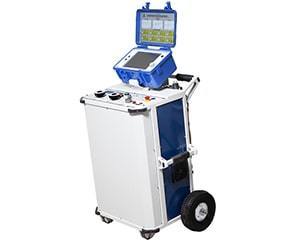ETL-10M
CABLE TEST VAN
ETL-10M is a cable test van with a three-phase connection method designed for testing cable insulation with DC voltage up to 60 kV and testing other electrical objects with AC voltage up to 50 kV at industrial frequency.
The system also allows to pre-locate cable faults with an aid of a built-in time-domain reflectometer and pinpoint faults with an inductive and acoustic methods.
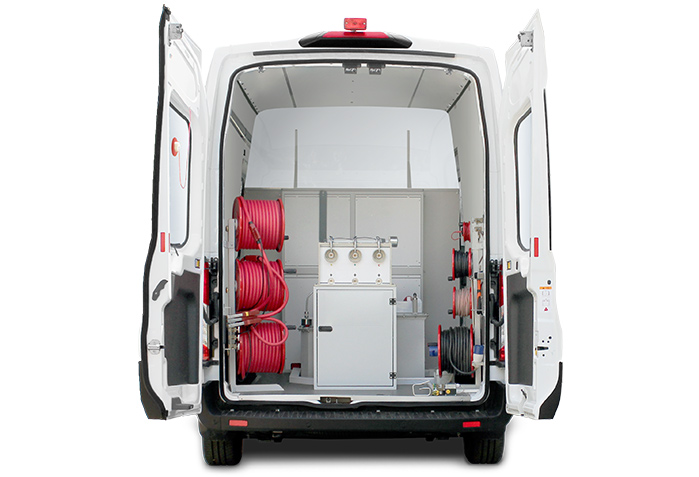
THREE-PHASE CONNECTION

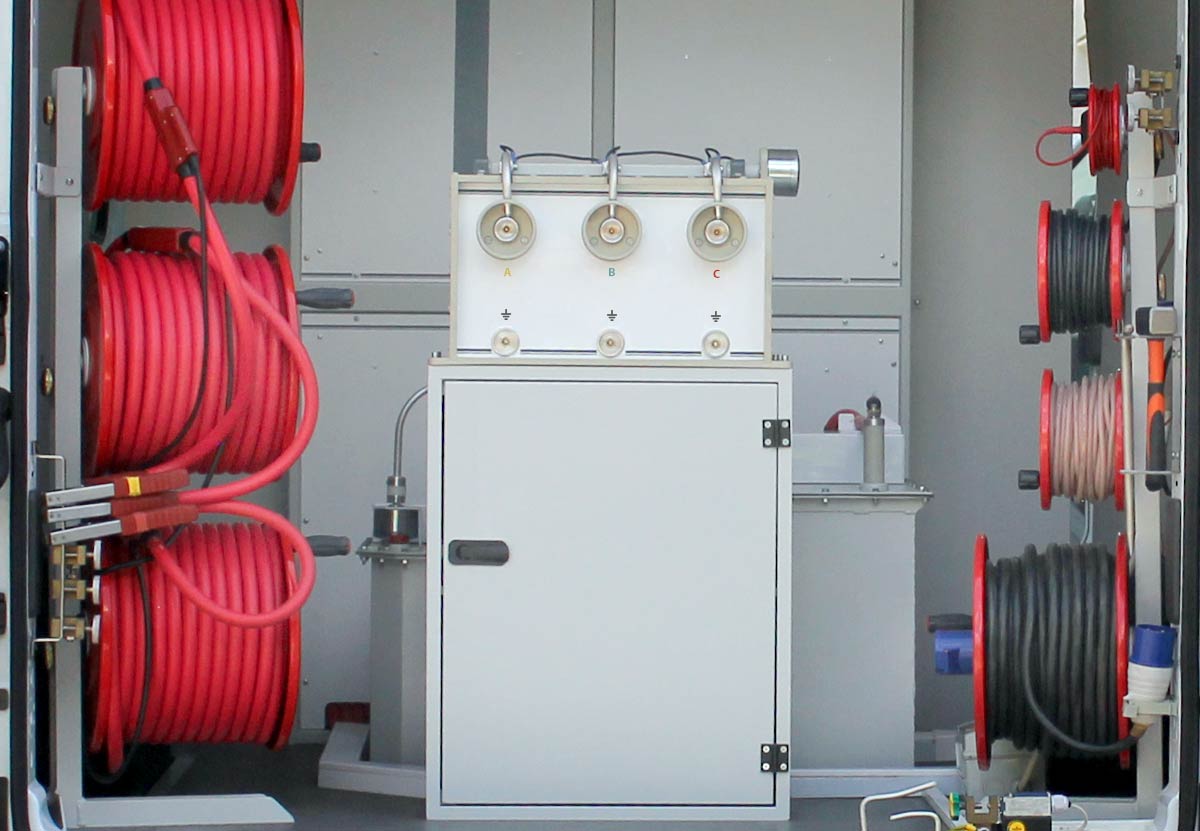
ETL-10M allows to connect to up to three coble cores simultaneously with an option to select the desired core to be tested from the control panel.
Three-phase connection makes fault location quick, easy and safe – it enables phase comparative pre-location methods, yet does not require an operator to switch the connection cables.

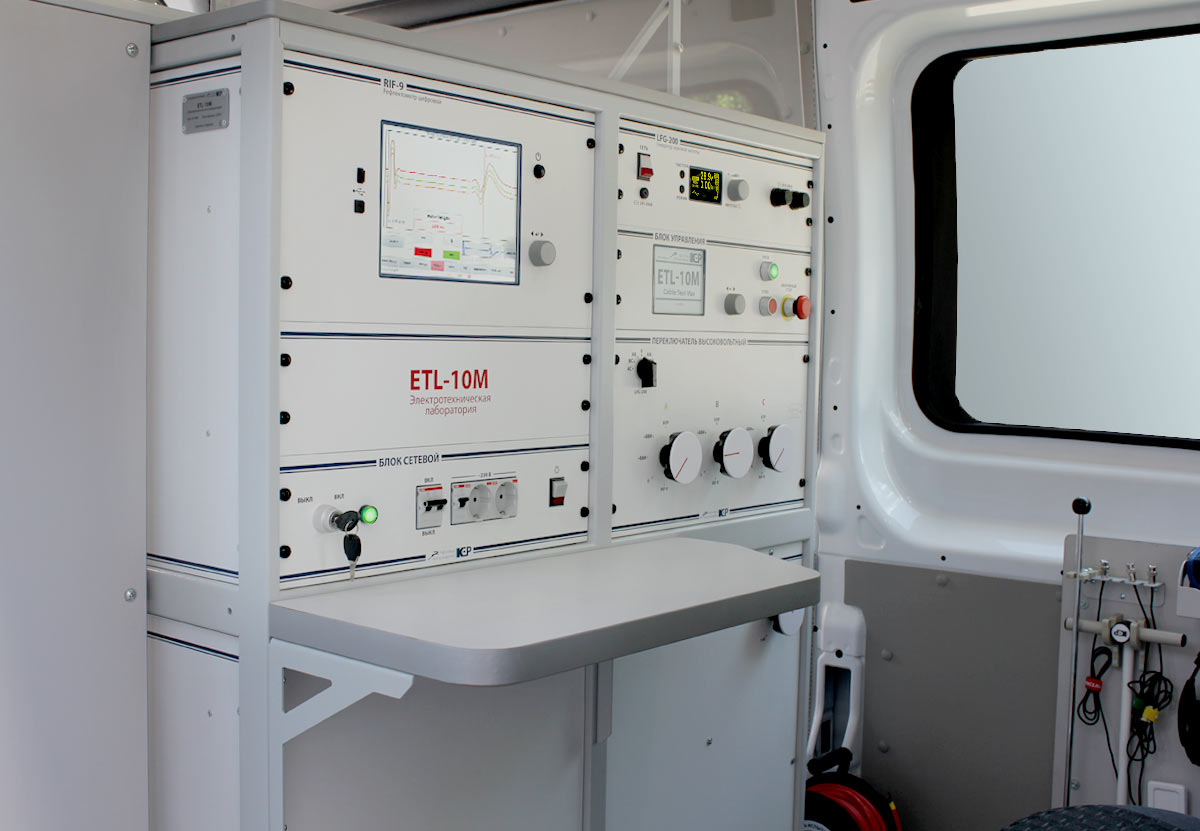
DC & AC TESTING


ETL-10M allows to carry out withstand insulation testing with high DC voltage up to 60 kV and high AC voltage up to 50 kV at industrial frequency (f = 50 Hz).
FAULT PRE-LOCATION

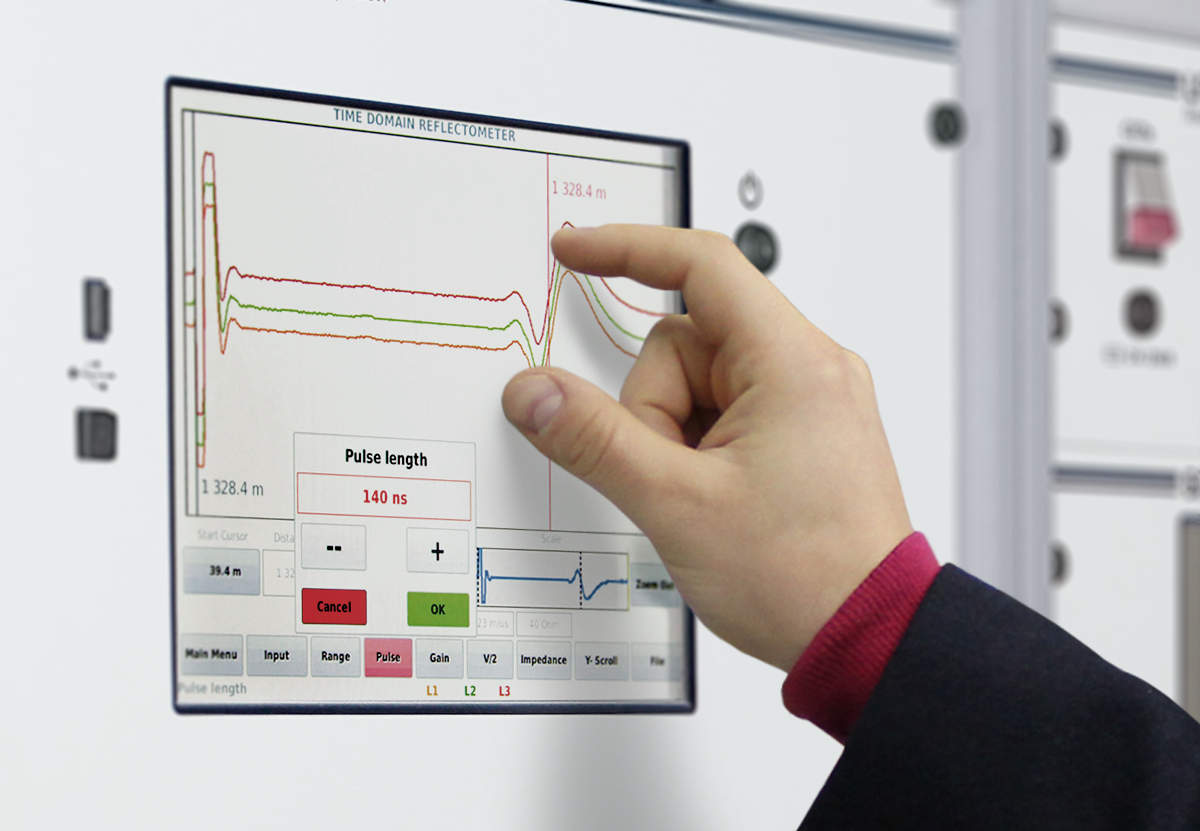
Time-domain reflectometer RIF-9, built into control panel, is used for detecting and determining the distance to various types of faults in electrical power cables with the main pre‑location methods:
Low-voltage method
- TDR (time-domain reflectometry): low-resistance faults and breaks.
High-voltage methods
- ARC/ARC multi-shot (single impulse / multiple impulse arc reflection method): high-resistance and unstable faults.
- ICE (impulse current envelope method): high-resistance faults that cannot be converted to low-resistance ones by burning faulty insulation.
- DECAY (voltage wave oscillation method): faults with high breakdown voltage.

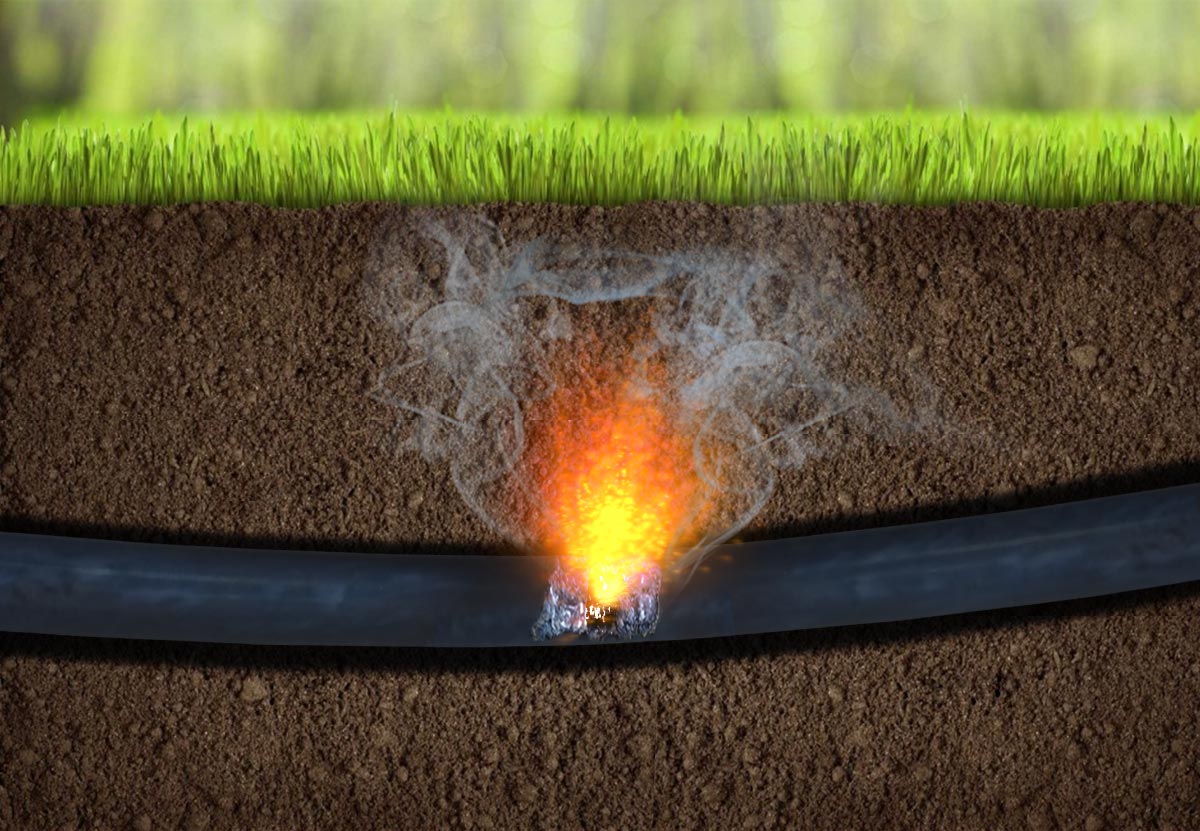
POWERFUL BURN UNIT


All ETL-10M systems are supplied with a powerful burn unit with output current up to 6 A in voltage ranges (0 … 1 kV / 5 kV / 10 kV / 20 kV), and current of 12 A in the voltage range of (0 … 0.5 kV).
Burning allows to convert high-resistance faults into low-resistance ones, which makes it possible to subsequently apply pre-location and/or pinpointing methods for precise fault localisation.
SURGE WAVE GENERATOR WITH VOLTAGE LEVELS SWITCH

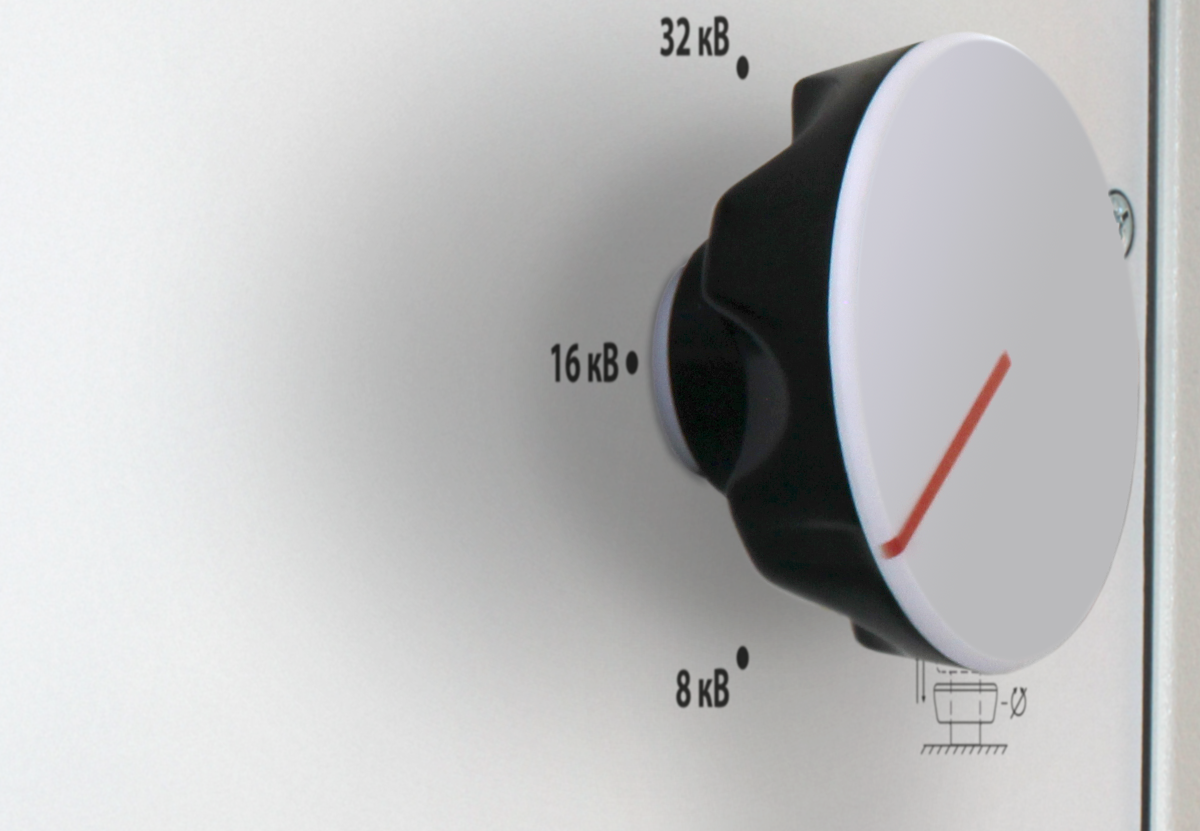
A surge wave generator with up to 2000 J surge energy is used for pinpointing cable faults with an acoustic method.
The generator is supplemented with a surge level switch allowing to select output voltage in the ranges of 0 … 8 / 16 / 32 kV, which delivers maximum possible energy of the surge pulses.

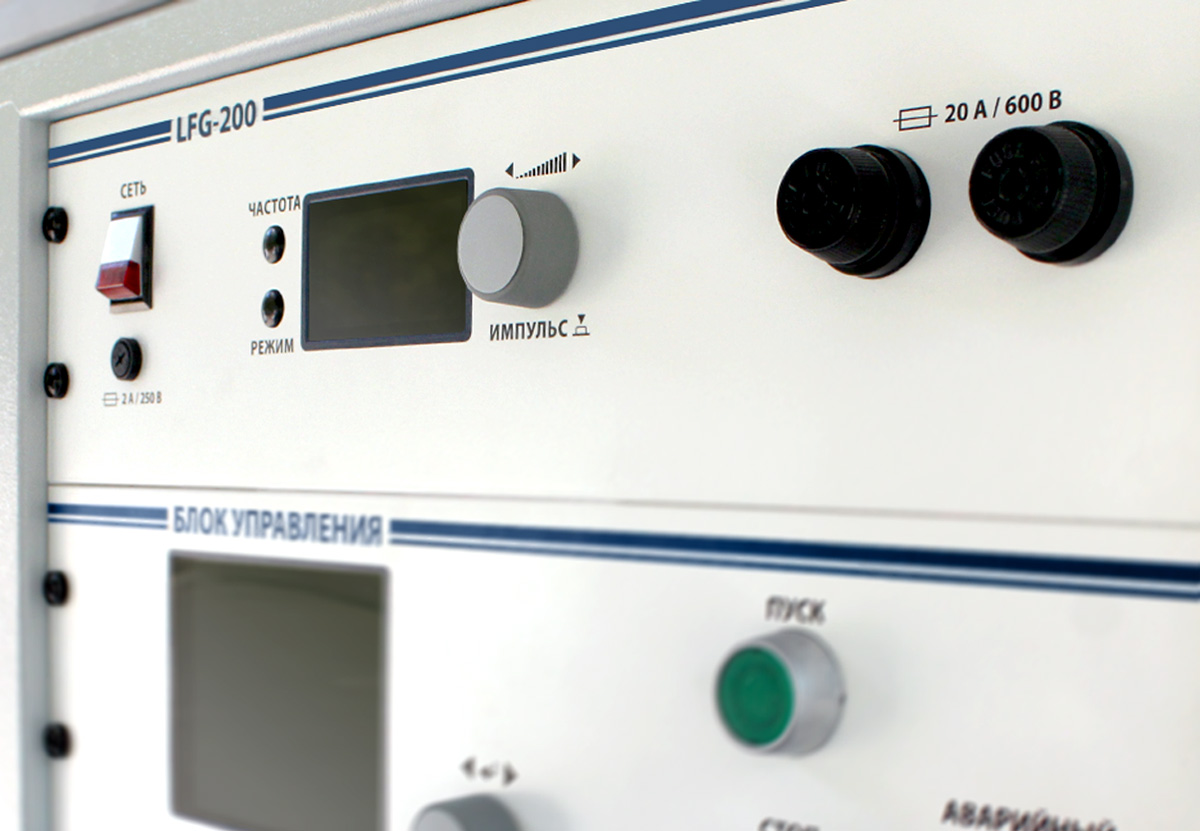
CABLE TRACING AND FAULT PINPOINTING WITH INDUCTION METHOD


Cable test van ETL-10M can be supplied equipped with low frequency generator LFG-200 which provides up to 200 V•A of output signal power.
Addition of the generator turns ETL-10M into a powerful system for tracing and determing the burial depth of underground utilities, as well as pinpointing cable faults with the induction method.
SAFETY

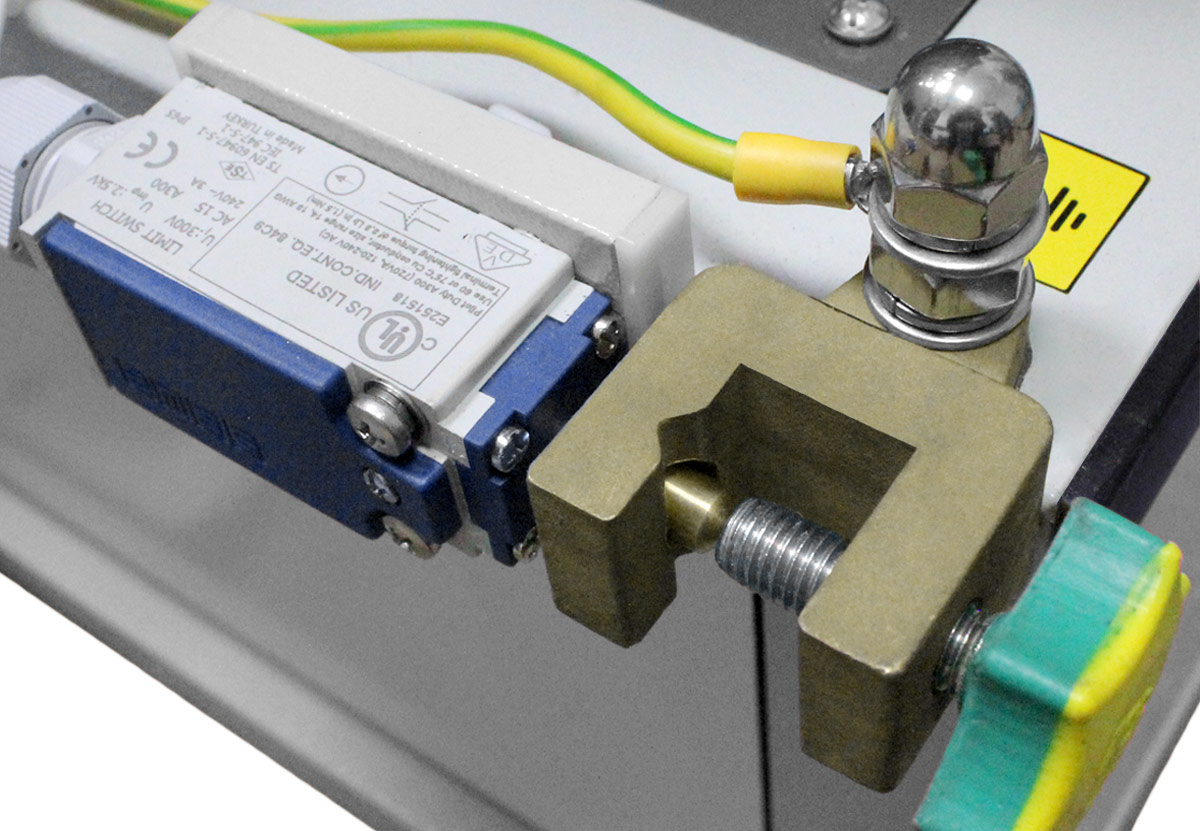
All-round operator safety systems built into ETL-10M includes the following modules and devices:
Grounding
- ✓ Protective earthing of the equipment and van chassis
- ✓ Operating grounding
- ✓ Vehicle chassis potential monitoring
- ✓ Continuous grounding monitoring system
- ✓ Automatic discharge device
Protection
- ✓ Overvoltage
- ✓ Overcurrent
- ✓ Overheating
- ✓ Position monitoring of high-voltage switches
High voltage switch off
- ✓ EMERGENCY STOP button
- ✓ Power keylock switch
- ✓ Open rear door monitoring

| Connection | Number of phases | 3 |
| DC testing | Output voltage adjustment and indication range | 0 … 60 kV |
| Output current indication range | 0 … 35 mA | |
| Indication | Digital indication of output voltage and current in real time | |
| Relative voltage and current indication error | ± 3 % of full range | |
| AC testing | Output voltage adjustment and indication range | 0 … 50 kV |
| Output current indication range | 0 … 50 mA | |
| Indication | Digital indication of output voltage and current in real time | |
| Relative voltage and current indication error | ± 3 % of full range | |
| Fault conditioning (burning) | Output DC voltage levels, adjustment and indication ranges |
Level 1: 0 … 0.5 kV Level 2: 0 … 1 kV Level 3: 0 … 5 kV Level 4: 0 … 10 kV Level 5: 0 … 20 kV |
| Output current (open-circuit run) |
■ up to 12 A in the 0 … 0.5 kV range ■ up to 6 A in all other ranges |
|
| Indication | Digital indication of output voltage and current in real time | |
| Relative voltage and current indication error | ± 3 % | |
| Fault pre-location | Pre-location methods |
■ TDR (impulse reflection method) ■ ARC / ARC multi-shot (single impulse / multiple impulse arc reflection method) ■ ICE (impulse current method) ■ DECAY (voltage decay method) |
| Fault detection ranges (for velocity factor 1.50 or v/2 = 100 m/μs) | 0 … 60 / 120 / 250 / 500 / 1000 / 2000 / 5000 / 10 000 / 20 000 / 50 000 / 120 000 m | |
| Fault detection resolution: | ||
| ■ for velocity factor 1.50 (v/2 = 100 m/μs) | 0.5 m | |
| ■ for velocity factor 1.87 (v/2 = 80.2 m/μs) | 0.4 m | |
| Distance to fault detection accuracy | 0.2 % of selected range | |
| Sampling rate | 200 MHz | |
| Time-domain accuracy | 0.01 % | |
| Output impedance adjustment range | 2 … 100 Ω, resolution 2 Ω | |
| Probe pulse parameters: | ||
| ■ voltage | 45 V | |
| ■ width adjustment range | 10 ns … 100 μs | |
| Gain adjustment range | minus 21 … + 69 dB | |
| Velocity factor adjustment range | 0.750 … 3.000, resolution 0.001 | |
| Propagation velocity (v/2) adjustment range | 50.0 … 200.0 m/μs, resolution 0.1 m/μs | |
| Internal memory of the reflectometer: | ||
| ■ historical measurements with associated settings | up to 1000 | |
| ■ reference cable propagation velocity (v/2) records | up to 500 | |
| Tracing and fault pinpointing with inductive method | Sets of operating frequencies |
491 / 982 / 8440 Hz 480 / 1450 / 9820 Hz 526 / 1024 / 8928 Hz 1024 / 2048 / 9820 Hz |
| Number of frequencies used simultaneously | 1 … 3 | |
| Modulation type | Amplitude | |
| Output power adjustment range | 0 … 200 V•A | |
| Operating mode |
■ Continuous ■ Pulse |
|
| Load resistance range within which the maximum output power may be achieved | 0.5 … 1000 Ω | |
| Load resistance matching | Automatic | |
| Fault pinpointing with acoustic method | Surge voltage levels and adjustment ranges |
Level 1: 0 … 8 kV Level 2: 0 … 16 kV Level 3: 0 … 32 kV |
| Surge energy at each level | up to 2000 J | |
| Surge rate |
■ Single pulse, manually triggered ■ 4 … 12 surges/min, automatic mode |
|
| Indication | Digital indication of output voltage in real time | |
| Safety | Isolation transformer | 8 kV•A |
| Grounding |
■ Protective earthing of the equipment and van chassis ■ Operating grounding ■ Vehicle chassis potential monitoring ■ Continuous grounding monitoring system ■ Automatic discharge device |
|
| Protection |
■ Overvoltage ■ Overcurrent ■ Overheating |
|
| High voltage presence signalling |
■ Light signalling (optional) ■ Acoustic signalling (optional) |
|
| High voltage switch off |
■ EMERGENCY STOP button ■ Power keylock switch ■ Open rear door monitoring |
|
| Power supply and consumption | Mains supply voltage | 230 VAC, ± 10 % |
| Mains supply frequency | 50 Hz | |
| Power consumption | up to 8.0 kV•A |
